
Apple Proliferation: disease evolution and resolution
Apple Proliferation is an apple tree disease that all growers are now familiar with and unfortunately often suffer from. First described in the 1950s, listed as a 'compulsory quarantine pest' and subject to compulsory grubbing-up until 2021, this disease is still present today, particularly in the Italian region of “Trentino Alto Adige”.
According to AXS M31 research, the disease's origin lies in the evolution of the Sharka disease whose name is linked to the geographical area of the Sarca Valley (Trentino). To explain this, we must go back to 452 A.D. with the Huns and Attila's descent into Italy, who among other things introduced the species Prunus malica by means of gamic propagation. In fact, the barbarian as a 'fringe benefit' to his soldiers had dispensed large quantities of plums for intestinal regulation. When they camped, during bodily functions, they would scatter the stones, thus resulting in the spread of the genetic heritage of these plants.
Since all plants adopt various strategies (e.g. entomophilous rather than anemophilous pollination) to maintain their species, i.e. to spread their genetic heritage, they also spread pathogens through these, but being naturally endowed with a self-defence and self-repair programme, they are able to evolve by adapting. Until, as chemistry takes over, this programme weakens and the plant can no longer get rid of the disease.
An environment saturated with pollutants, the farmer forced to use more and more chemical substances (active ingredients!) and the variation in climatic-environmental conditions allow the development of pathogenic microorganisms that develop resistance phenomena, the soil cannot breathe, the plant becomes weakened ... information changes, behaviour changes, the programme changes, that set of signals, impulses, flows, energies that constitute and allow the life of living organisms.
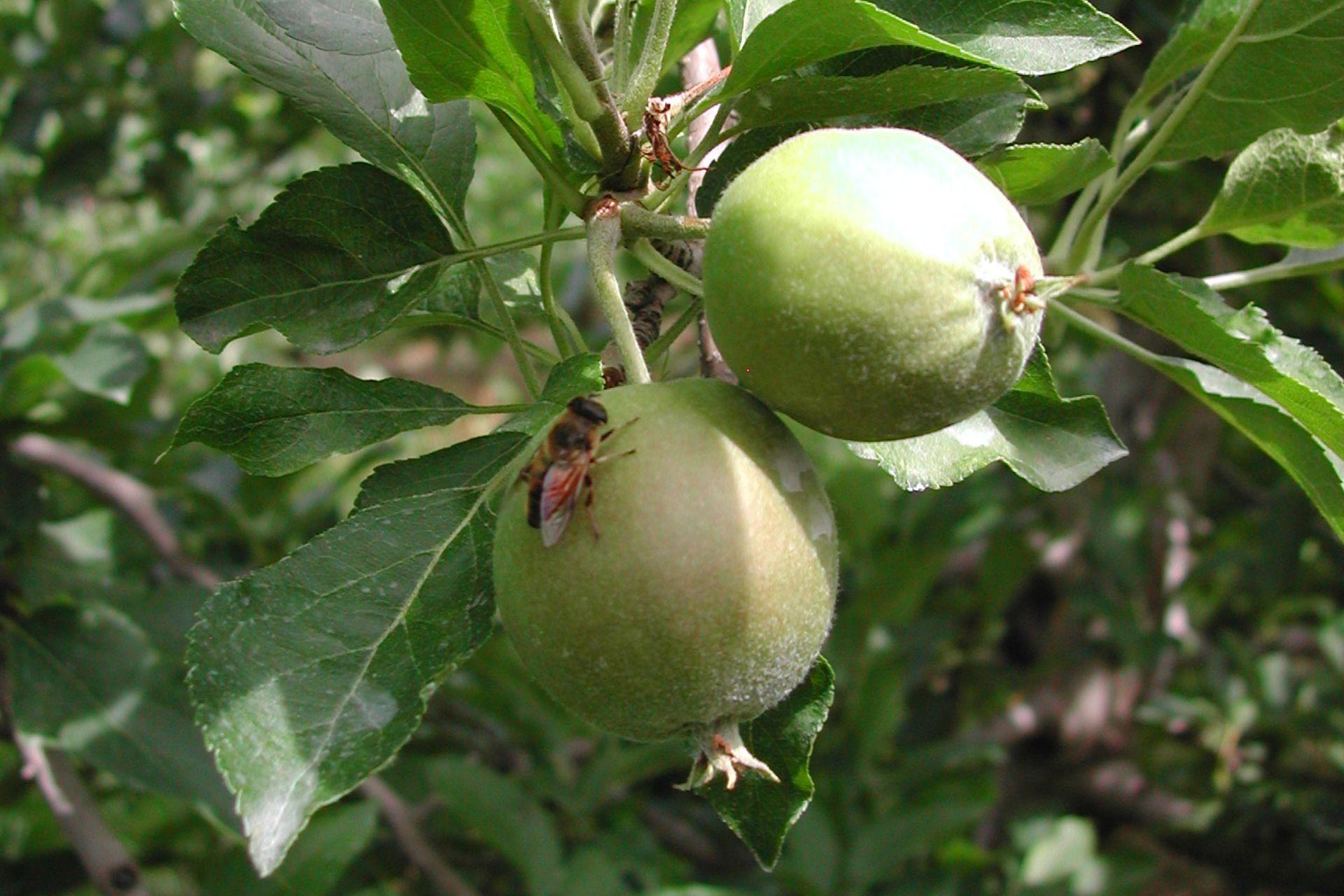
There, when the insect goes on the plum or apple tree (or any other plant) it takes on a different programme, the plum dries up or the apple stays small (it 'sucks up', see drop in size, weight and quality) because the plant's programme has changed. And so the contaminated plant contaminates the insect, which in turn carries the pathogen.
In short, the transformation of diseases is linked to the transformation of programmes.
Since Attila we have come to the present day, Plum Sharka (Plum POx Virus PPV, stone fruit disease) is botanically related to Apple Proliferation (AP) and the two diseases have spread and continue to transform and propagate through exchanges of land, water and air.
Moral of the story: the uprooting costs money, planting new trees costs money and they become sick again, direct means of combating disease, focusing on the basic mechanisms of dissemination and the fight against insect vectors through chemistry, lead nowhere. Fruit also rots in the cell.
In short, we always arrive late with respect to changing environmental conditions and diseases and the development of new bacteria and viruses.
So, does it make sense to continue stating 'there are no curative treatments for the disease'? Does it make sense to uphold an old and ineffective position still stuck in a separative and outdated approach between nutrition and defence, without recognising the laws of balance on which ecosystems are based? Chemistry strips away what you can see, but transforms what you cannot see. To see, chemistry needs BioAksxter®: only through this advanced technology, capable of reactivating programmes blocked by chemical pollution, can lost balances be restored.
CASE HISTORY N°1
The farm N.N. (Province of Trento) introduced BioAksxter® into its agronomic practices because production had halved from 500 quintals/ha to 250 quintals/ha and because, despite the uprooting, clear symptoms of the Apple Proliferation disease had reappeared.
Already in the first year of intervention with M31 Agriculture, the plants were much greener than in previous years, and the emission of the characteristic chlorotic 'broom' shaped suckers was significantly reduced. Leaf reddening also decreased in young plants.
The waste percentage decreased and production increased by 20 per cent.
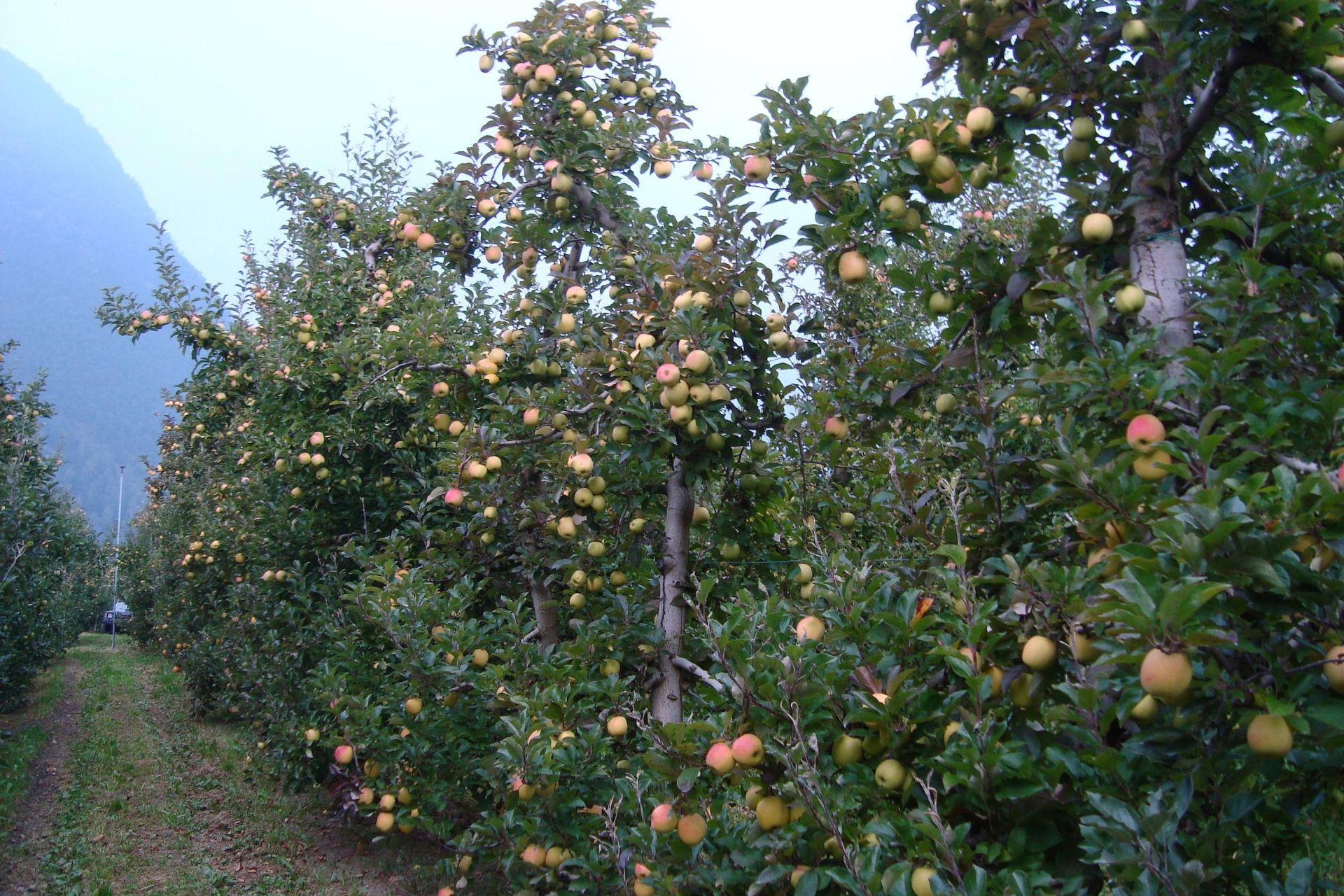
Remarkable improvement of an apple orchard heavily affected by Apple Proliferation after one year of treatment with BioAksxter®; productivity was high and waste reduced.
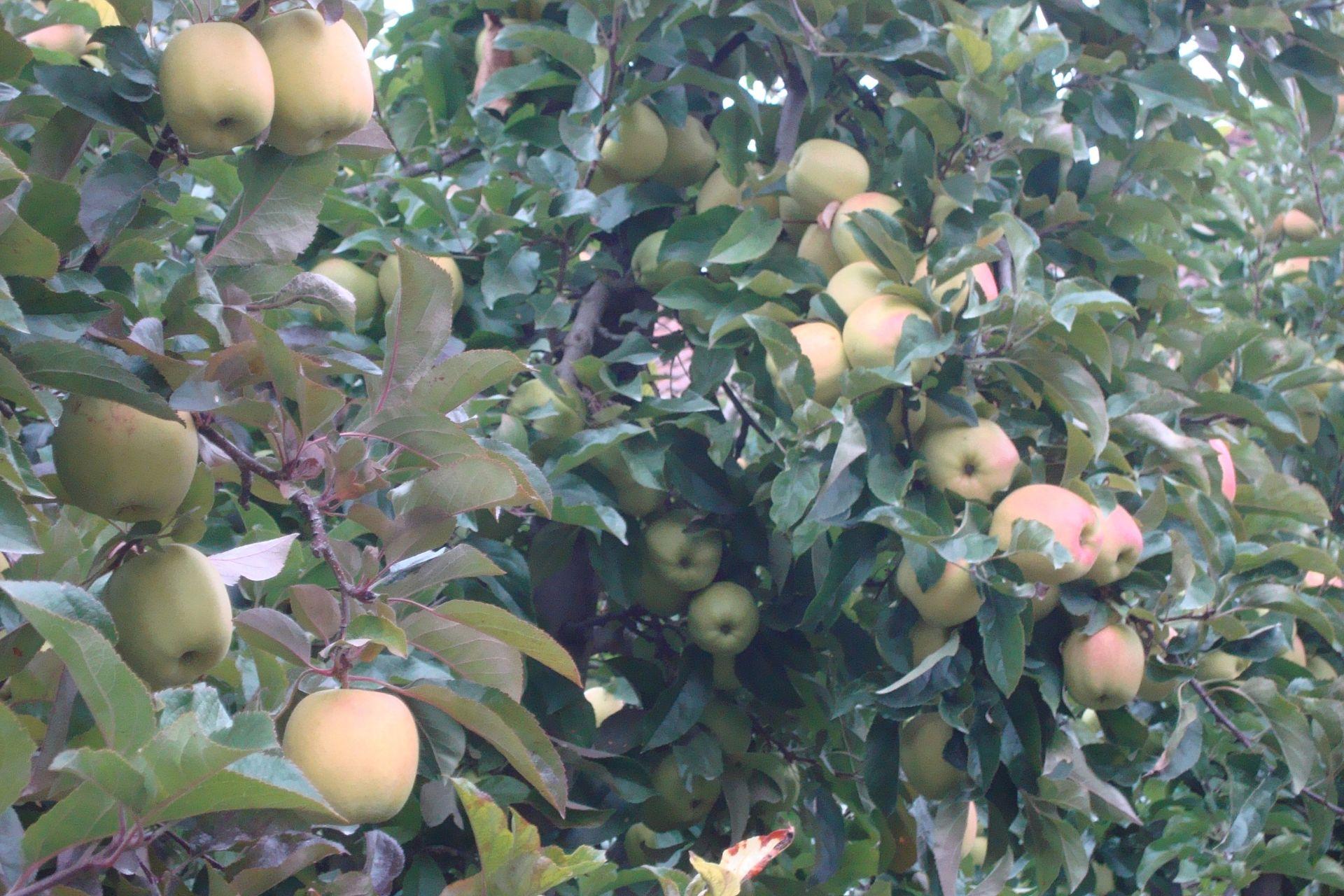
Apple tree heavily affected by Apple Proliferation; detail of the high fruit size after one year of treatment with BioAksxter®.
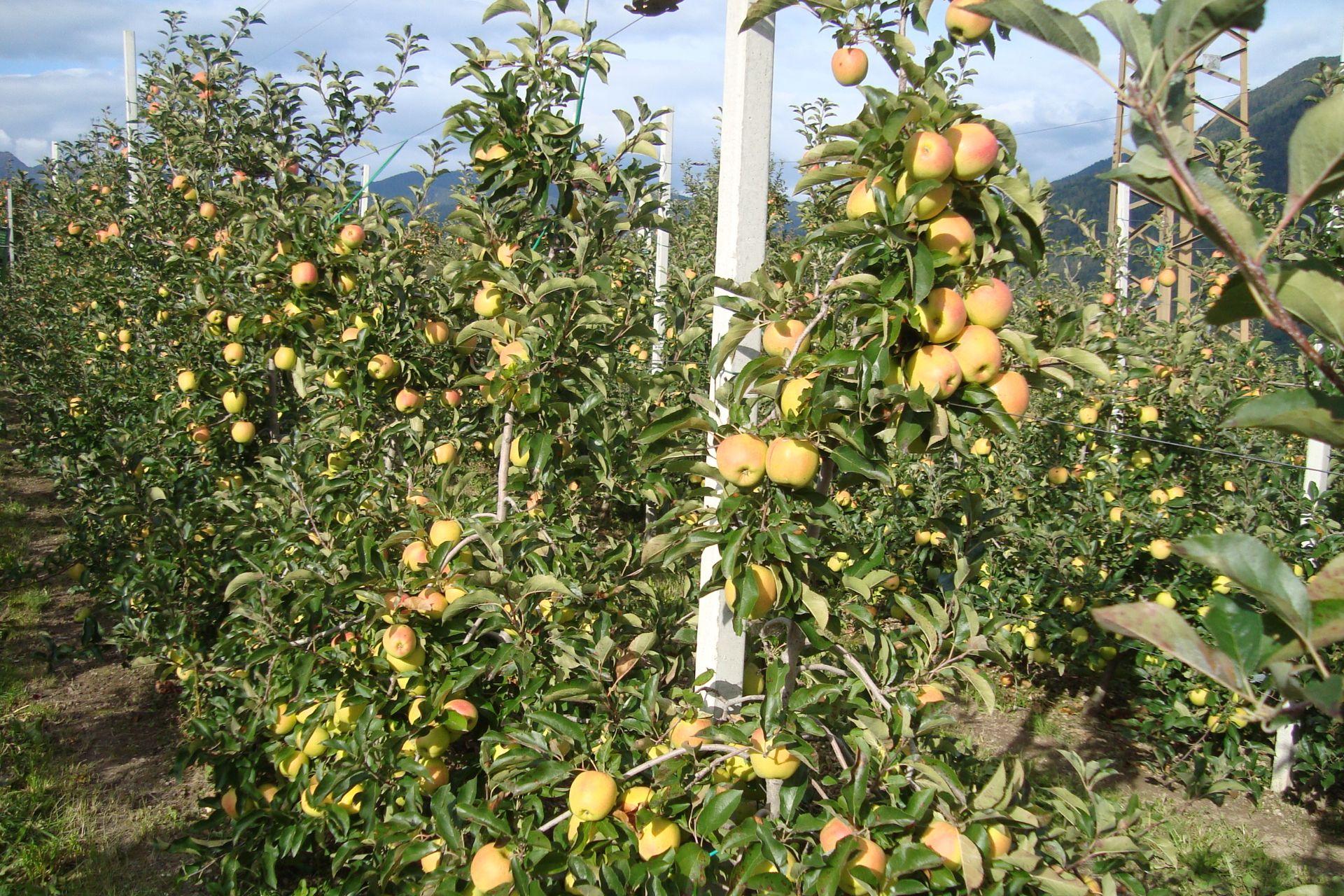
Young apple tree plant affected by scopazzi. After one year of treatment with BioAksxter®, leaf reddening was greatly reduced.
In the second year of treatment, the harvest increased by a further 20 per cent, and despite the high production load, the fruit was distinguished by its high quality and uniform colour and size.
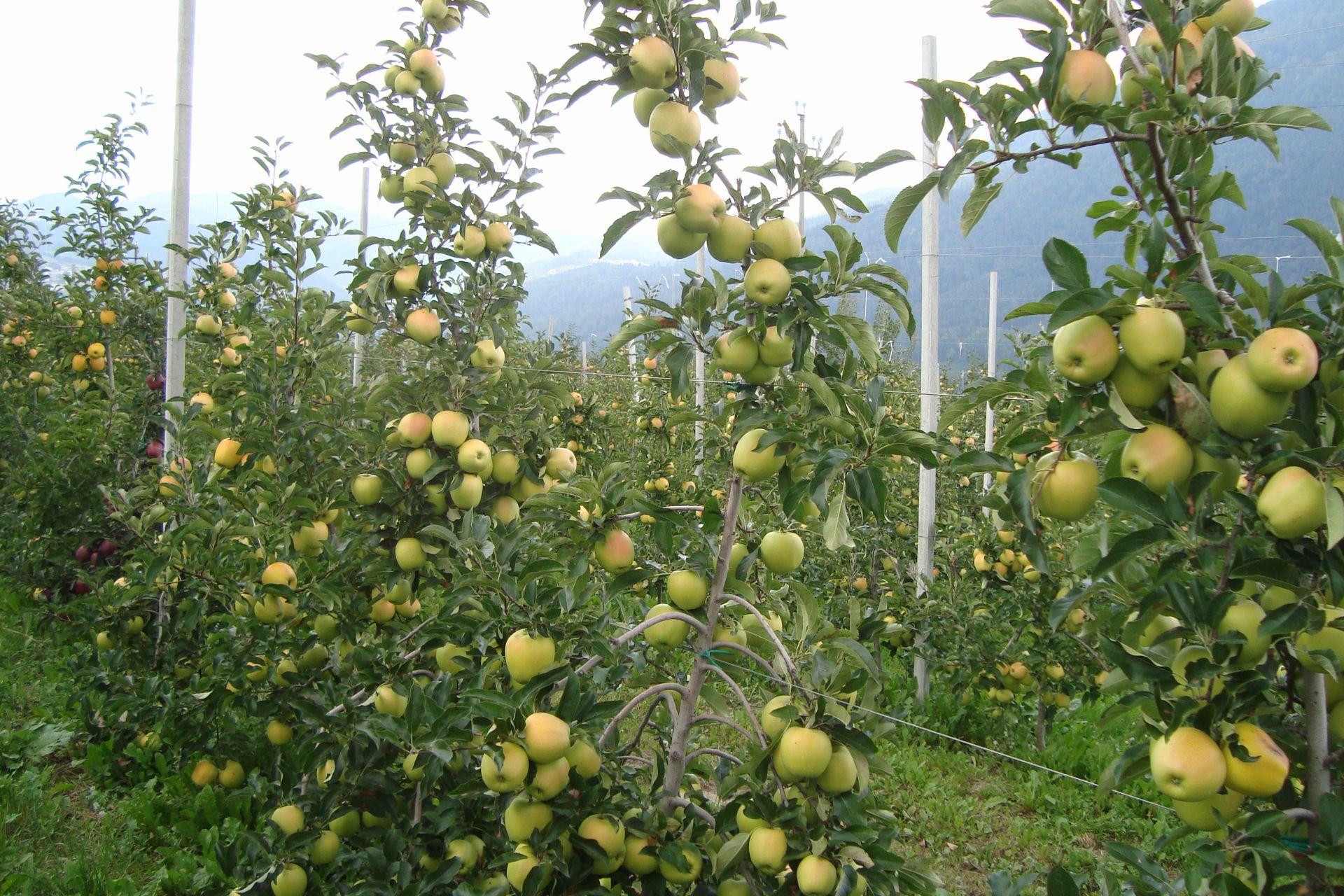
Young apple plant characterised by high productivity after two years of treatment with BioAksxter®.
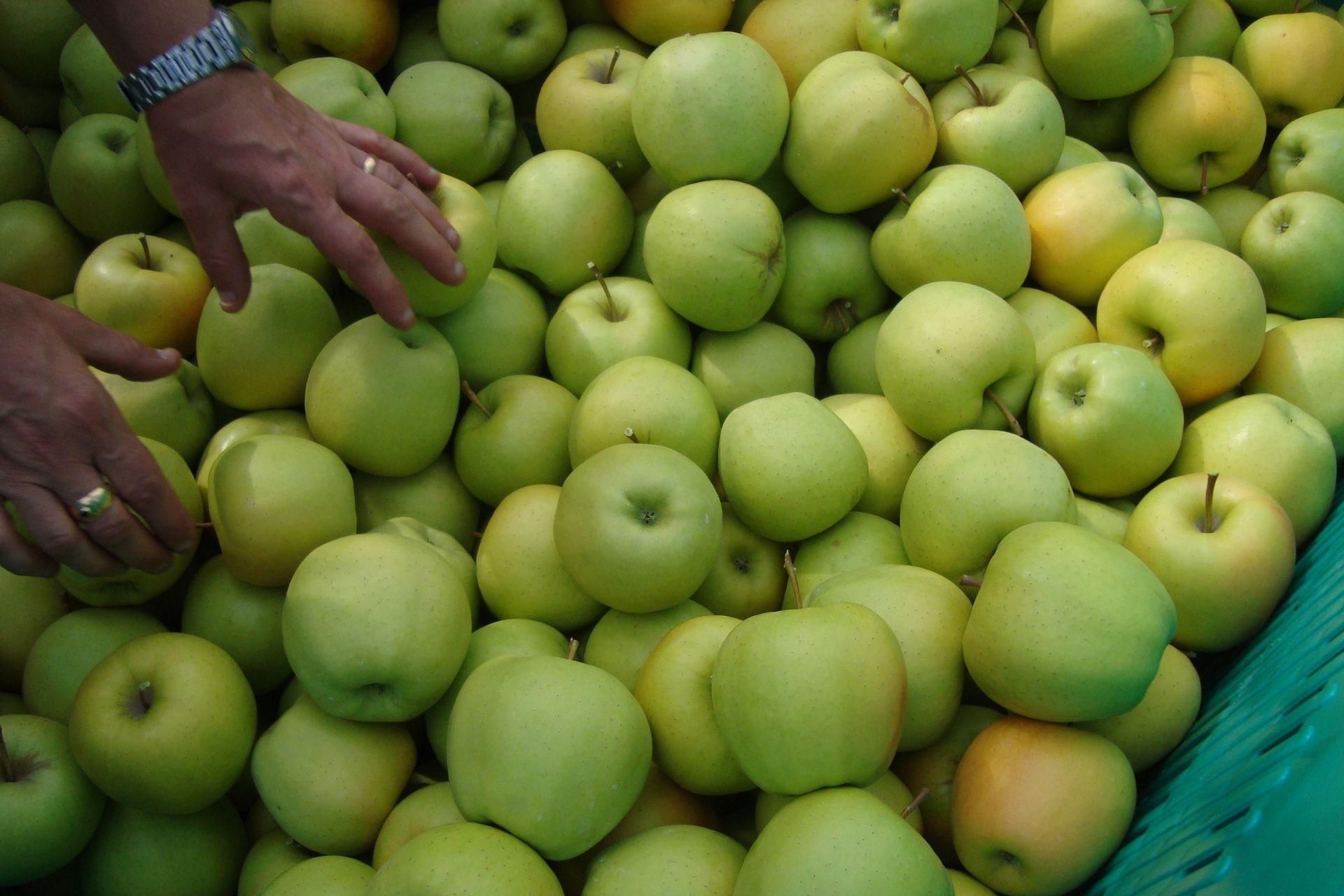
Apples after two years of cultivation with BioAksxter® - detail of high homogeneity in size.
Further improvements were noted in the third year of treatment:
- the 2nd leaf orchards produced 6-8 kg per plant with excellent bud development, and the 3rd leaf orchards, previously under stress due to soil movement, produced more than 10 kg per plant;
- the average farm yield remained high and close to 400 quintals per hectare, despite the grubbing-up of some highly productive plots;
- young plants previously affected by apple proliferation no longer showed any vegetative or productive abnormalities;
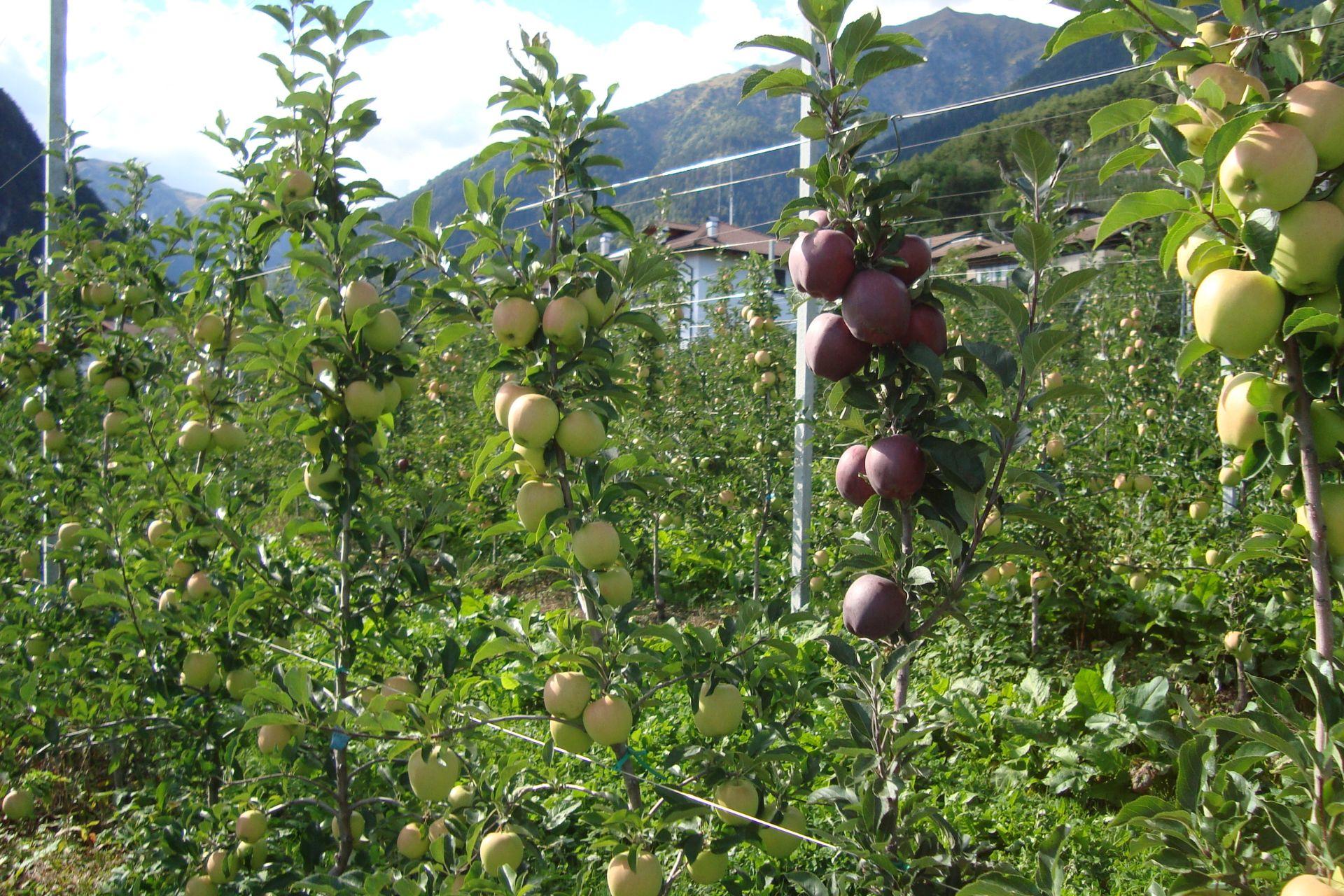 2nd leaf apple orchard after three years of BioAksxter® treatments. The yield was 6-8 kg per plant.
2nd leaf apple orchard after three years of BioAksxter® treatments. The yield was 6-8 kg per plant.
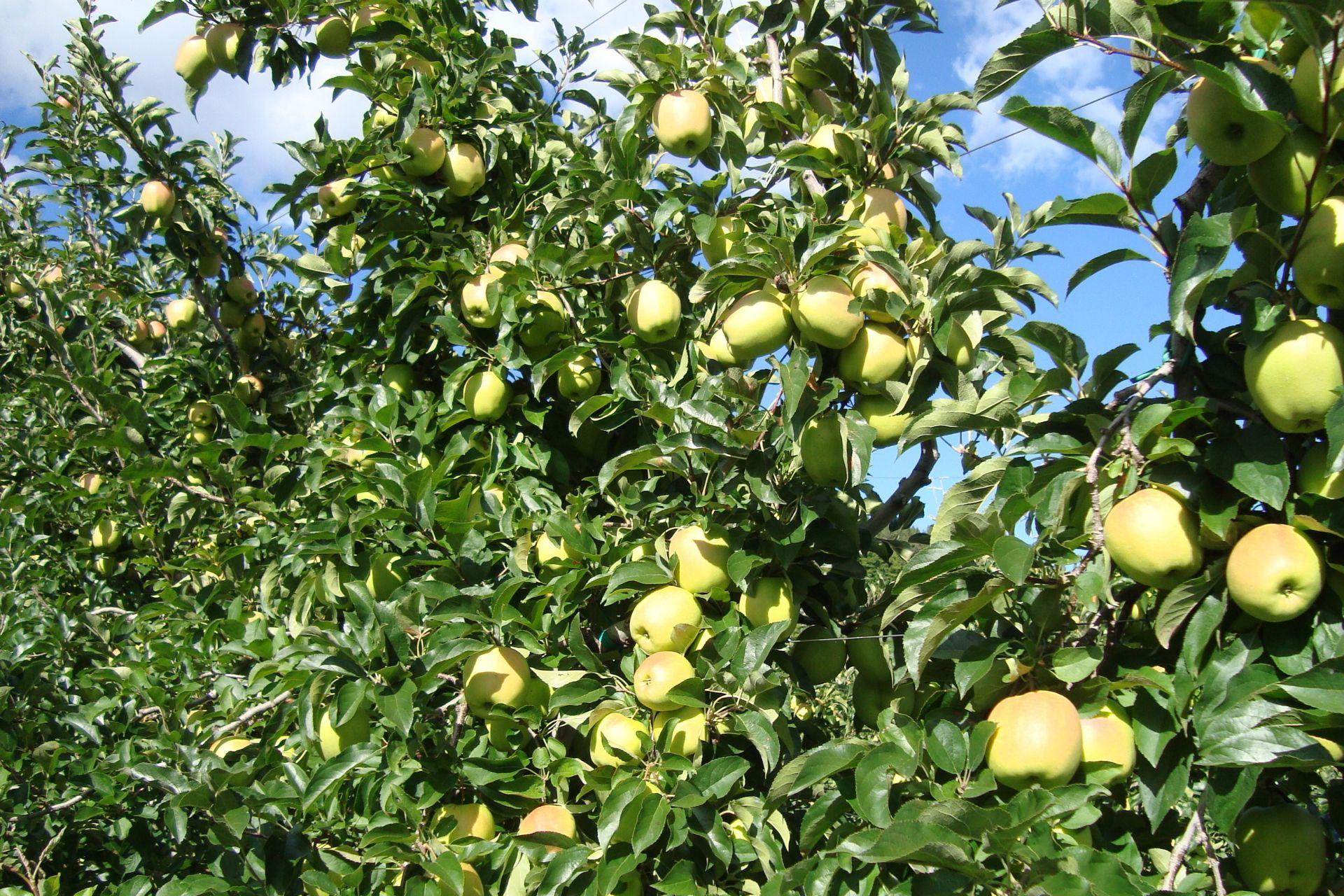
Apple crop after three years of cultivation with BioAksxter®, characterised by high productivity, size and absence of waste.
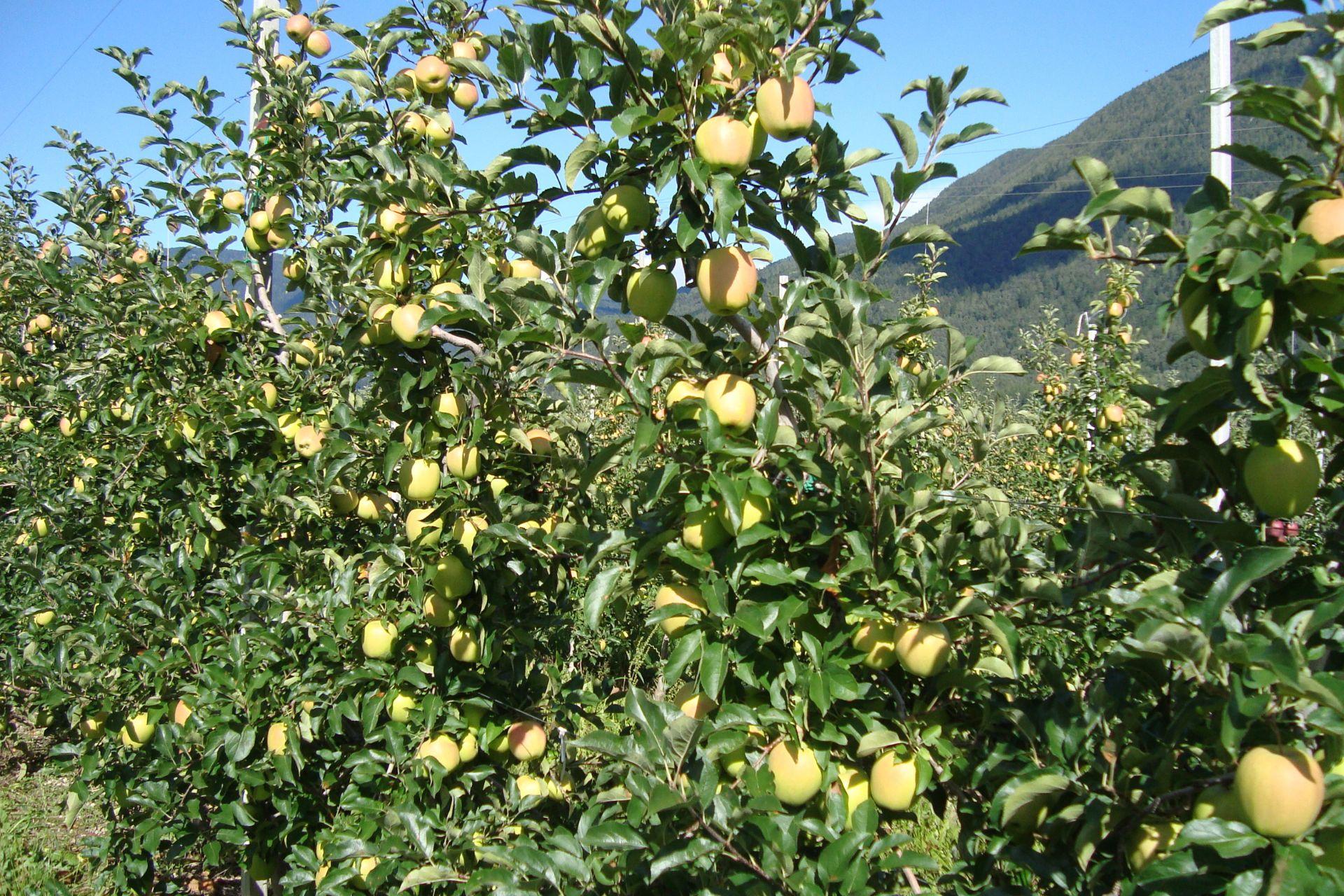
Young apple orchard affected by apple proliferation. Absence of reddening or other changes due to the disease after 3 years of BioAksxter® treatments.
CASE HISTORY N°2
The farm N.N. (Province of Trento) already found the absence of symptoms of the disease in its apple orchards affected by Apple Proliferation after one year of treatment with BioAksxter®. In addition, problems with fungal diseases and plant death have disappeared. Much satisfaction with the size and increased production compared to the previous year.
In the second year of treatment: 4 kg per plant on an apple orchard in the second year; increased production compared to the previous year even in a plot that had undergone too intensive chemical thinning; excellent quality and shelf life; no foliar treatment.
In the third year, the farm openly stated that the use of BioAksxter® leads to less overall expenditure, fewer problems and greater results. Farmers had to use the ladder to harvest the young plant's production.
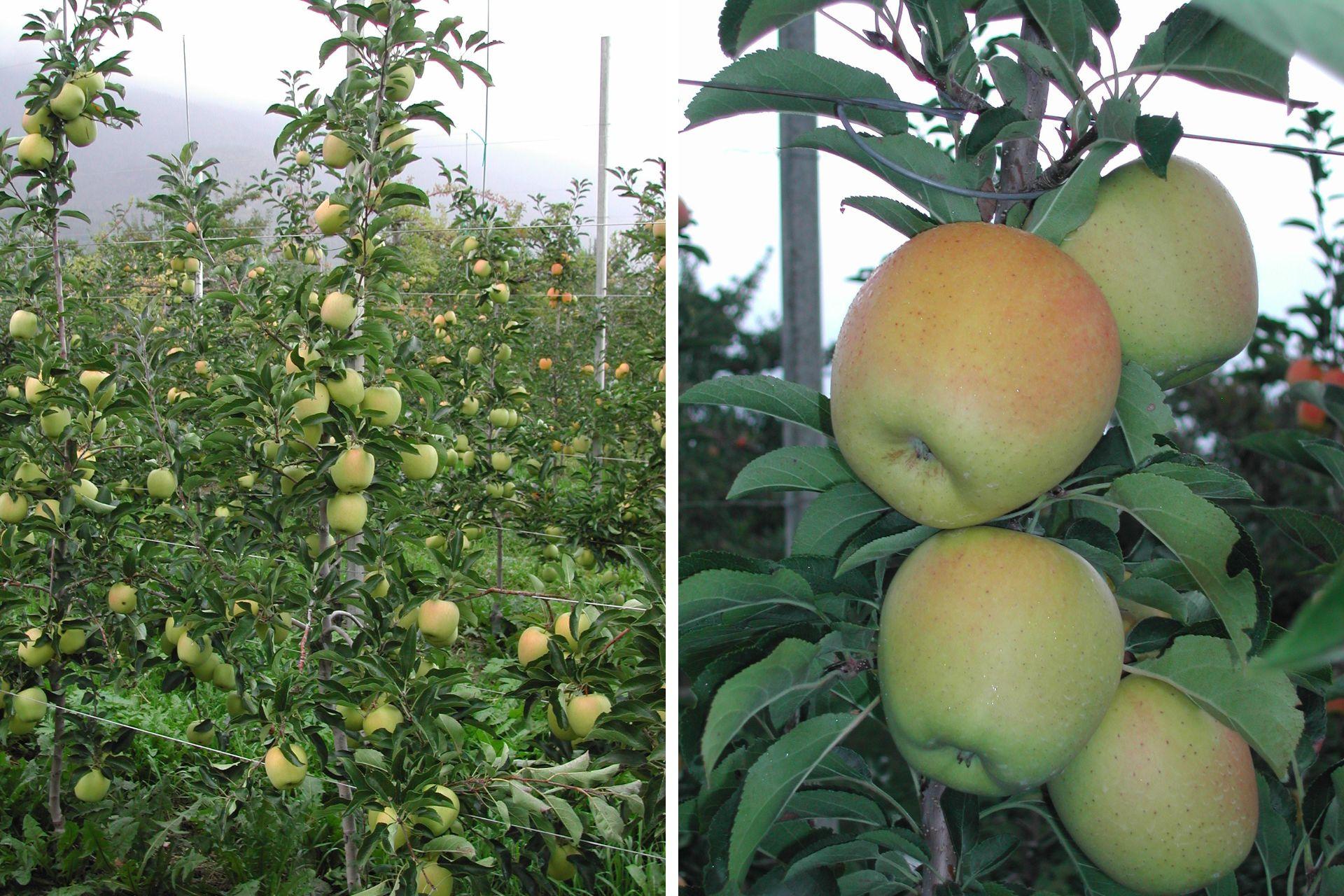
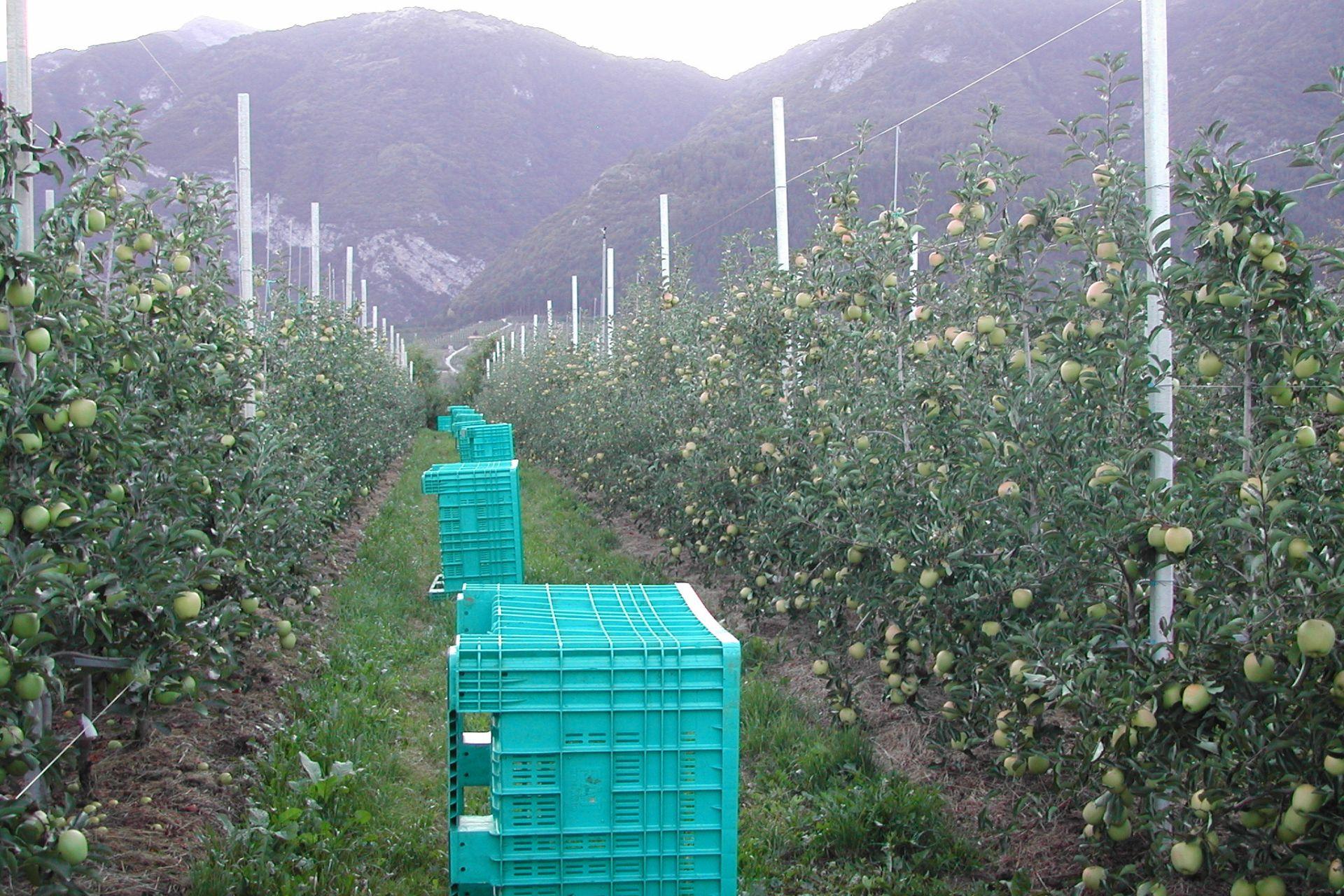
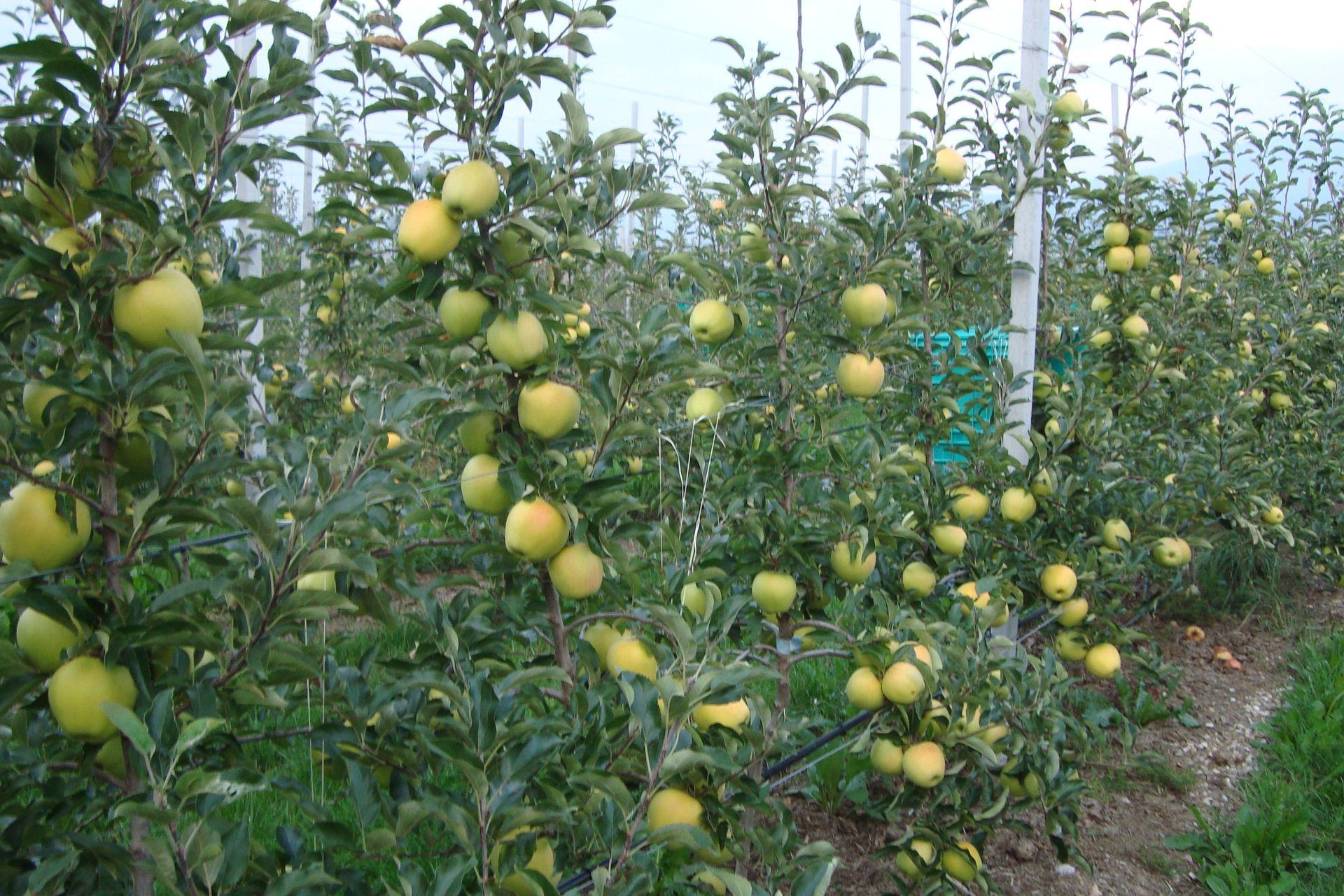
CASE HISTORY N°3
The farm N.N. (Province of Bolzano, South Tyrol) used BioAksxter® to solve the ever-expanding apple proliferation in spite of grubbing.
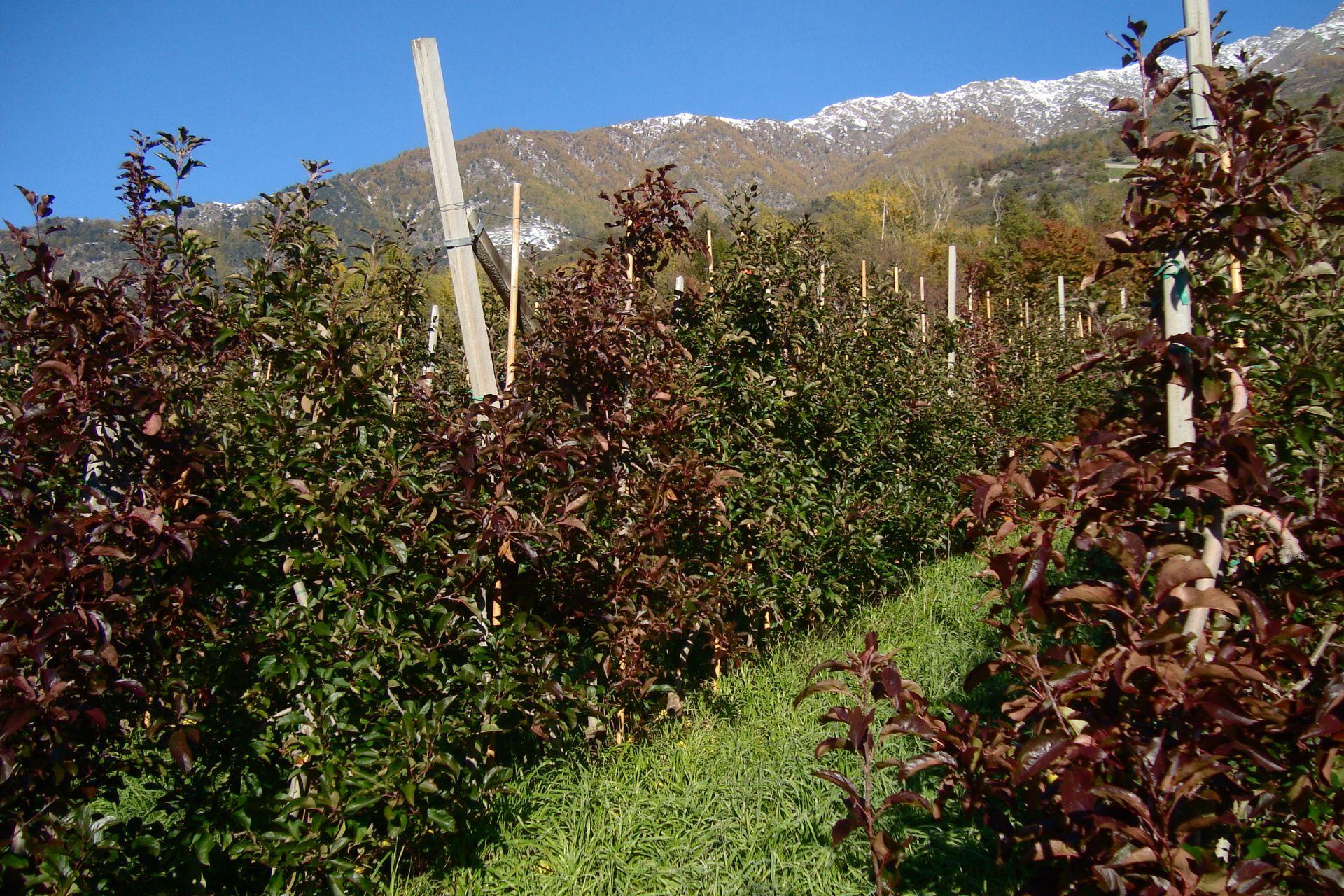
The treatments started in the autumn with the BioAksxter® pre-winter treatment so that improvements were already evident at the vegetative restart. In the continuation of the cycle, the marked plants were productive with an increase in yields, with considerable size and homogeneity confirmed in the following years.
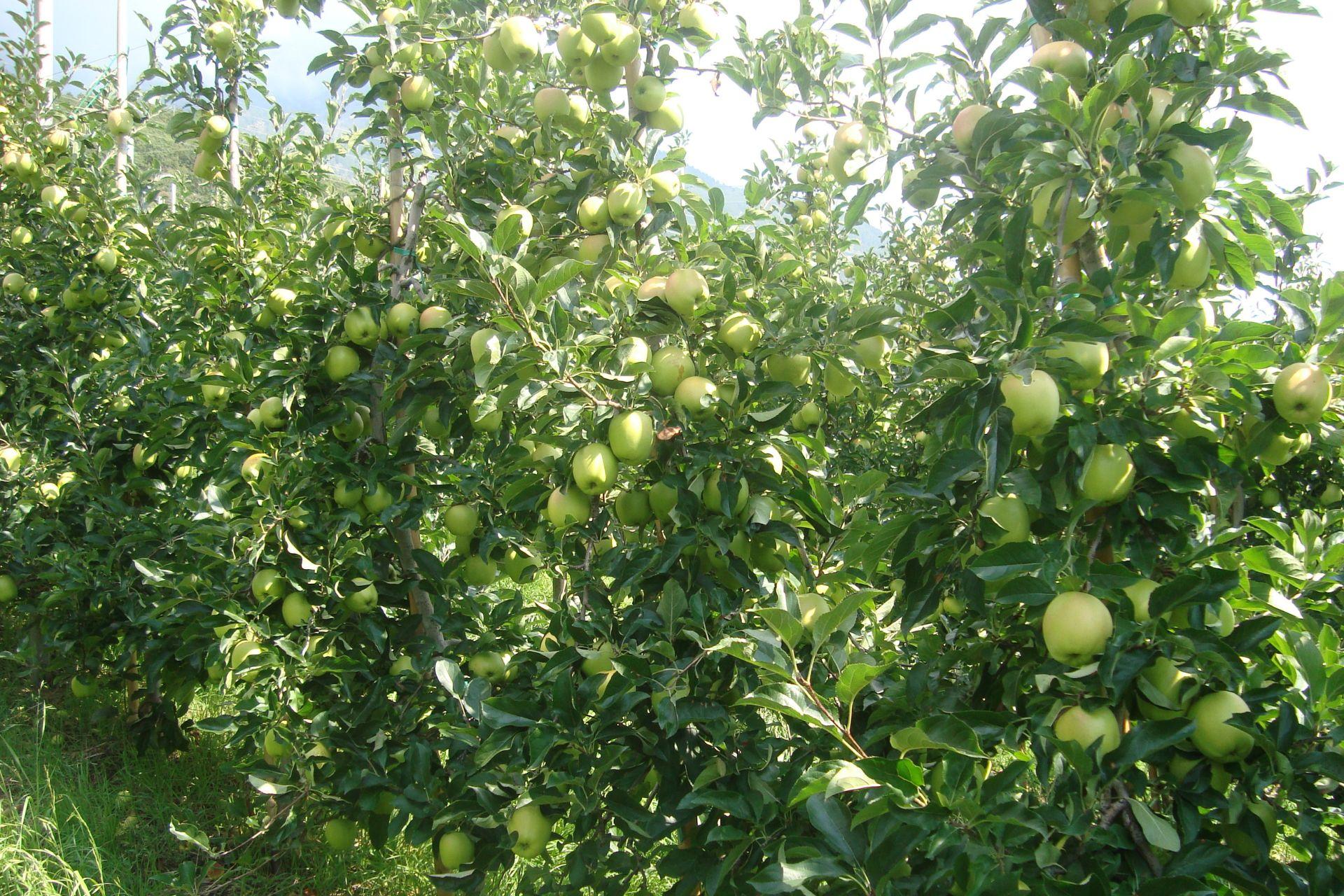
Results at the 5th year of treatments with BioAksxter®: average production remained at around 600 quintals per hectare (+35% since the start of treatments), even reaching 800 quintals in the Golden Delicious variety.
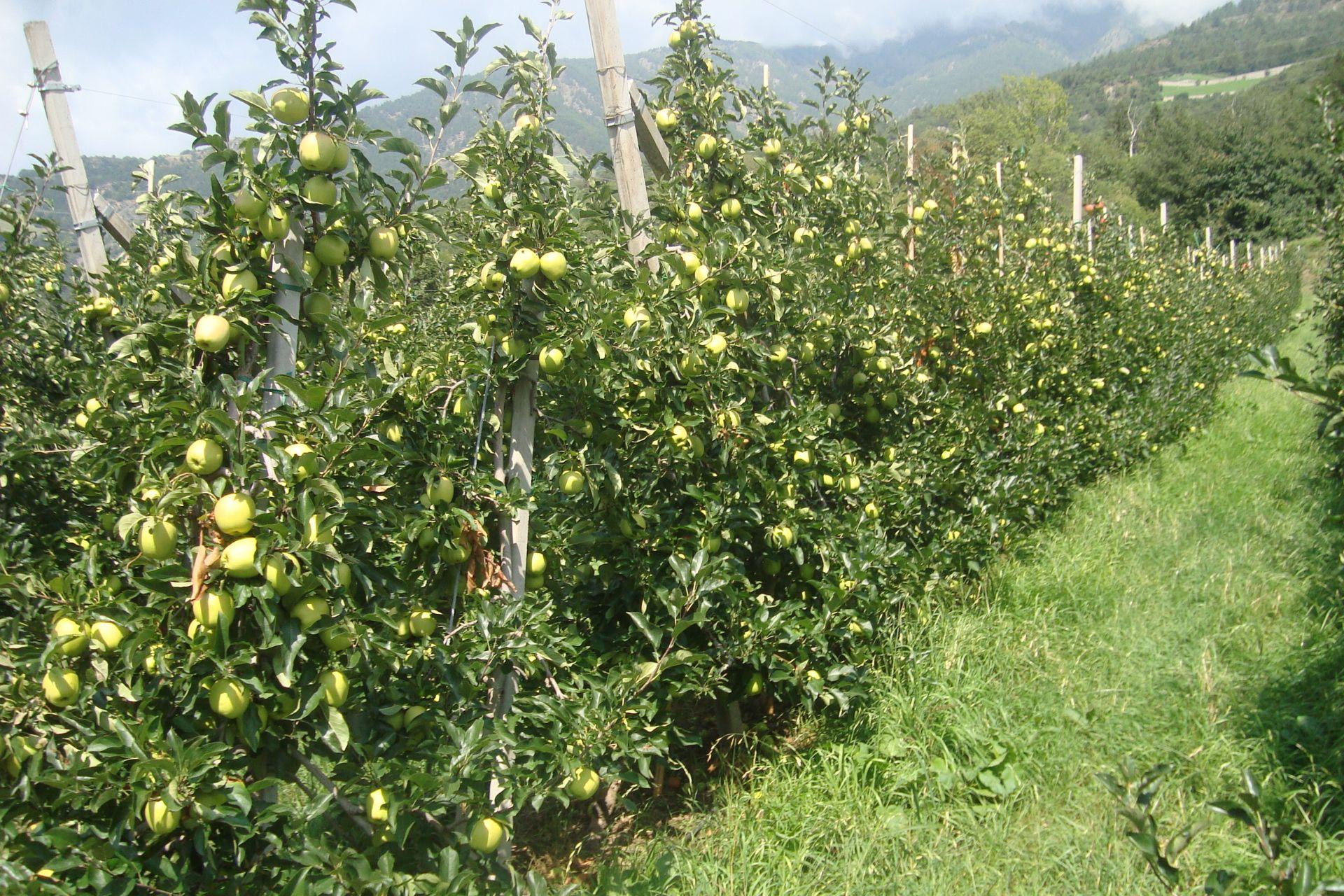
CASE HISTORY N°4
The farm N.N. (Province of Bolzano, South Tyrol), producer of apples, varieties Golden and Stark Delicious, used BioAksxter® solving the Apple Proliferation disease and achieving an excellent result in terms of productivity development with higher quality yields per quintal, homogeneity of size, organoleptic properties of the fruit and shelf life.
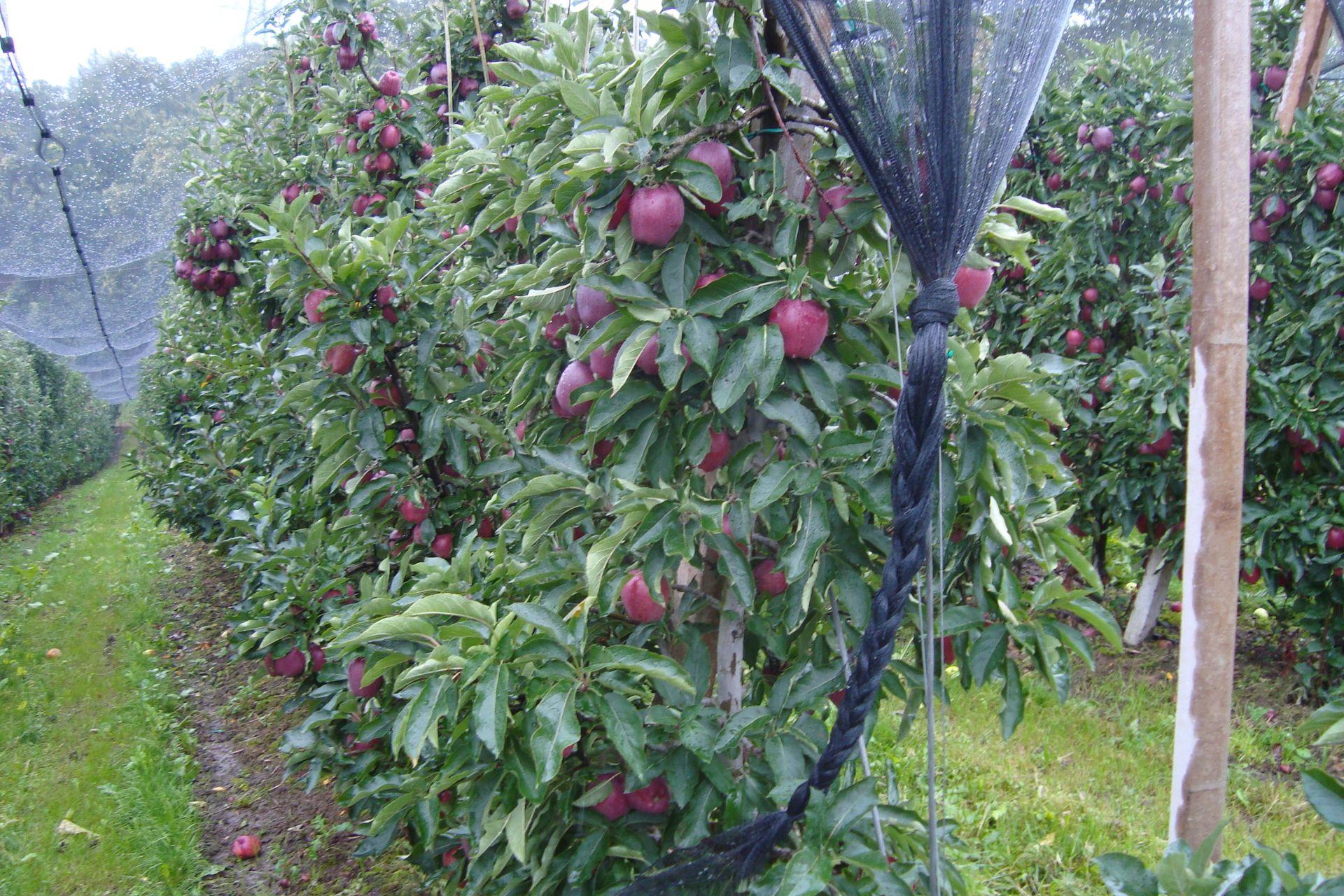
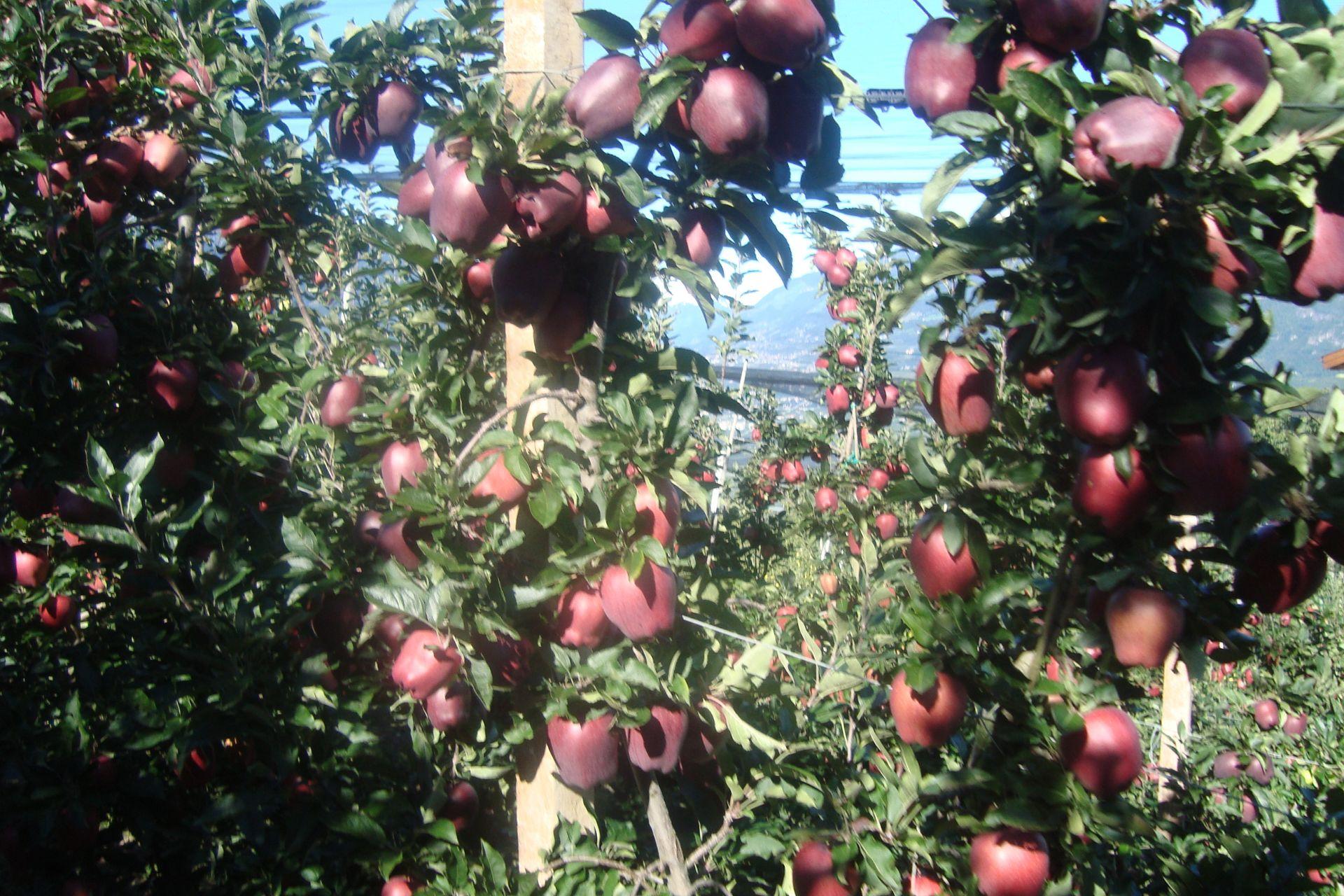
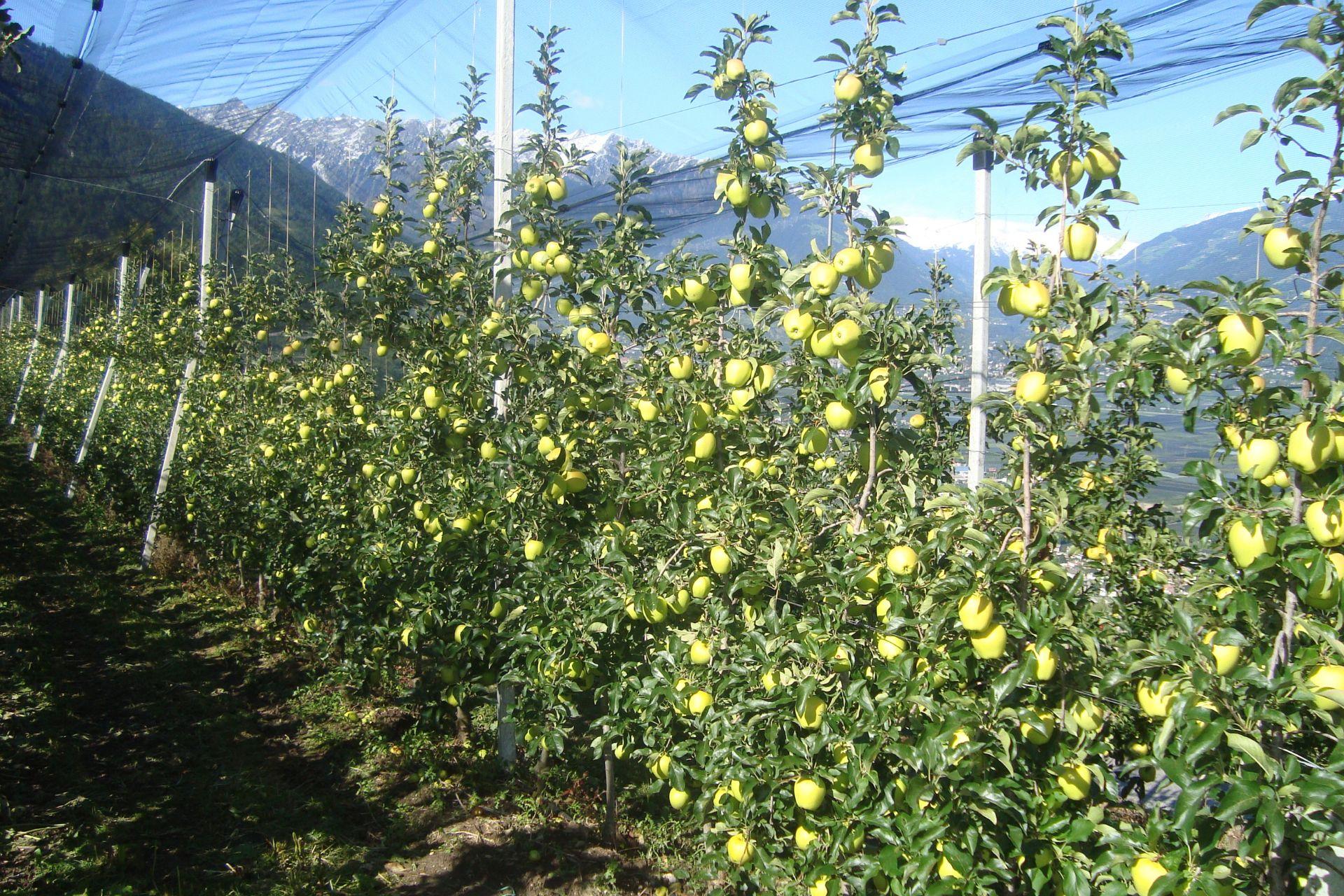
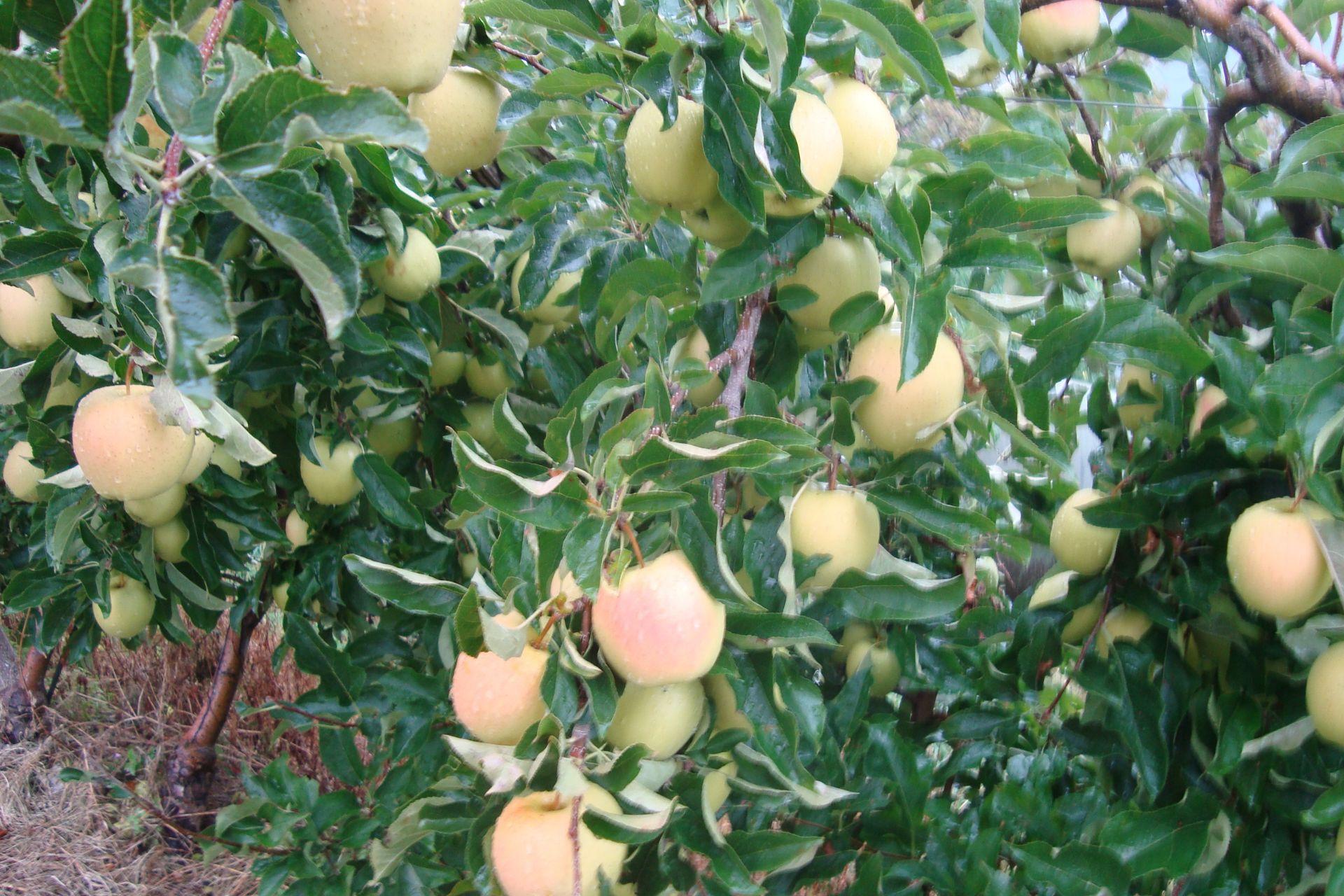
Conclusions:
Treatments with BioAksxter®, a natural soil and crop balancer, have always proven their ability to solve agricultural problems.

